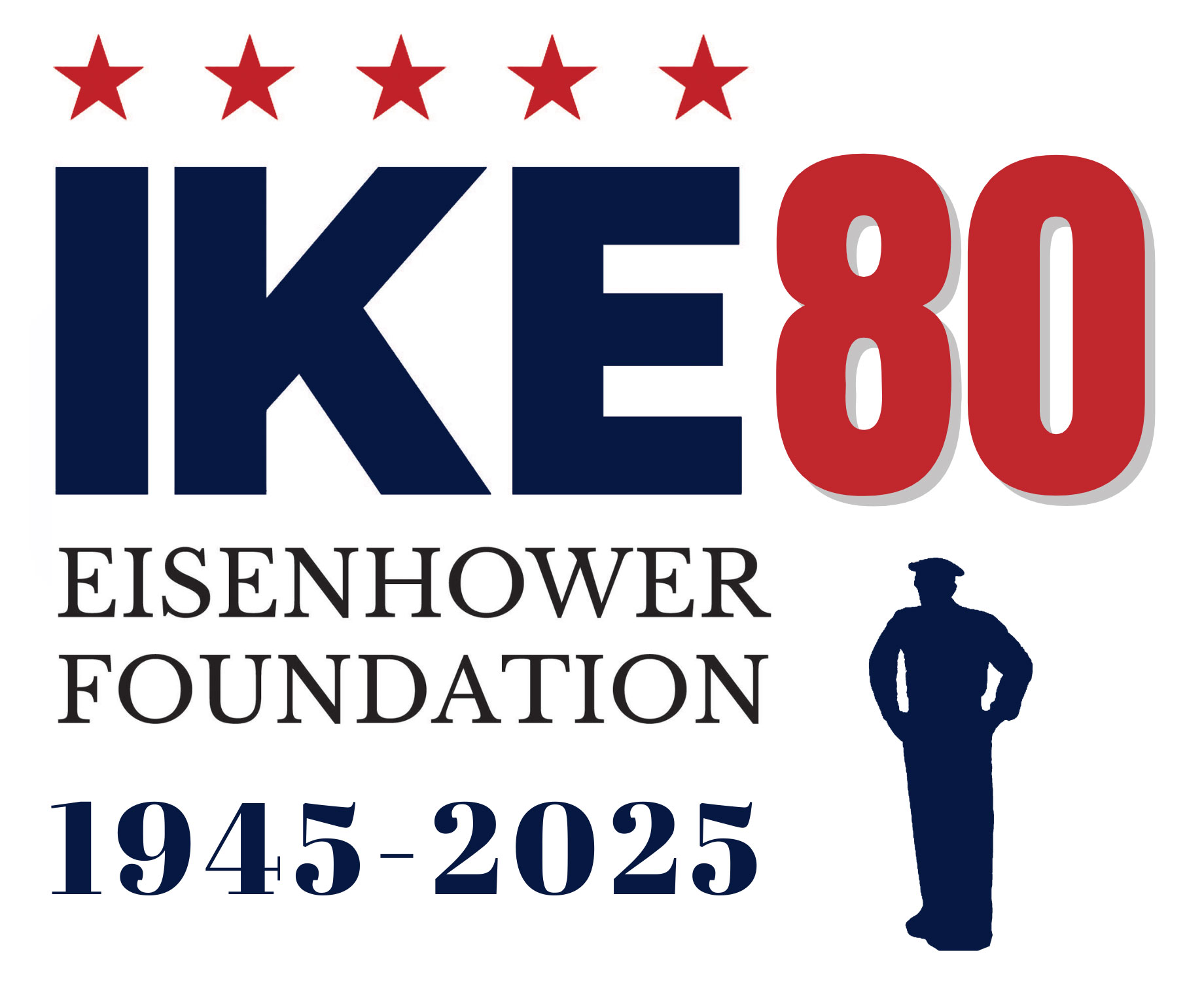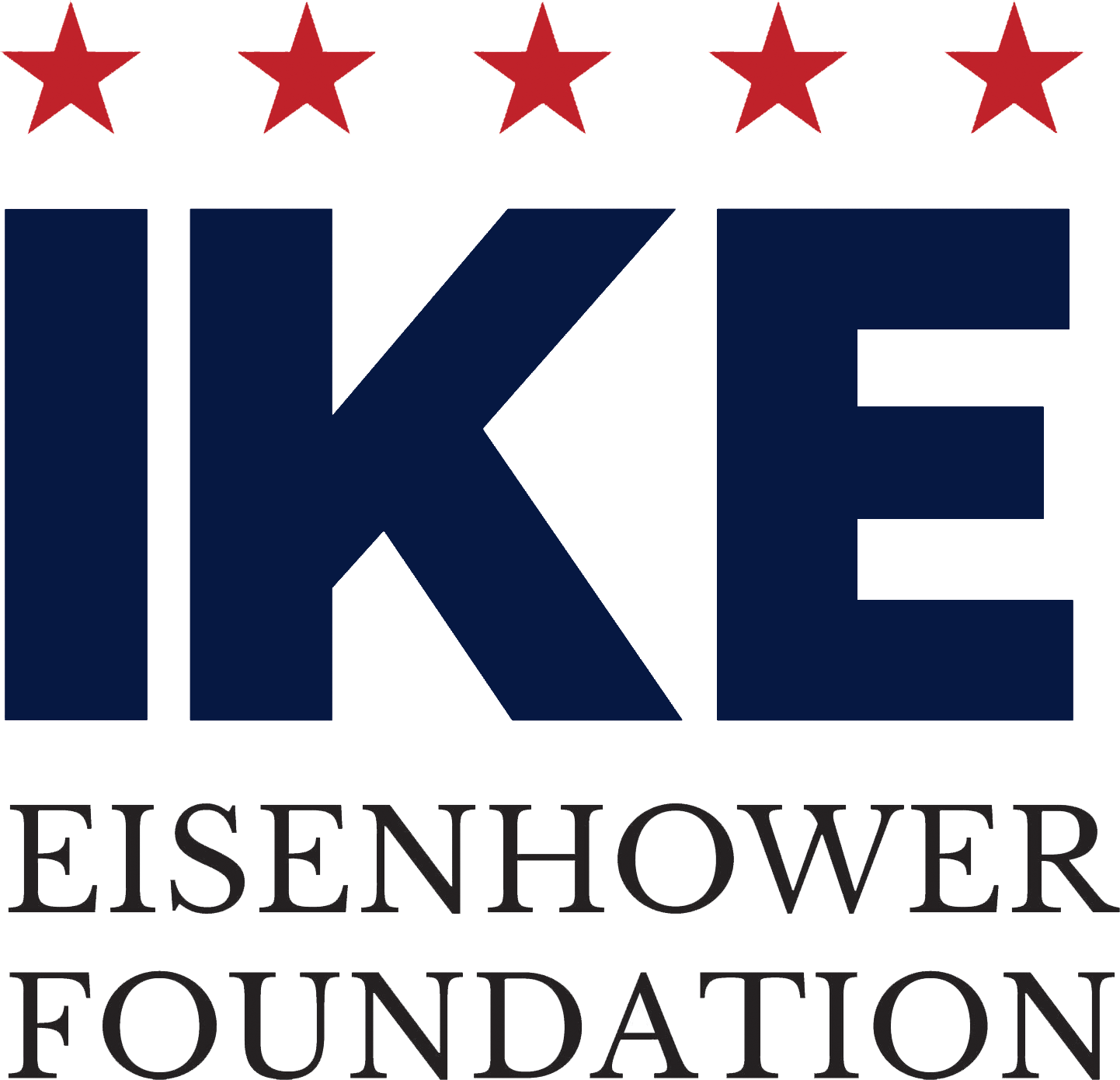The 1952 Election: A New Kind of Campaign
Students will view a series of these commercials from both the Eisenhower campaign and that of his opponent, the Democratic nominee, Adlai Stevenson. Carefully analyzing these commercials as primary sources, students will determine each commercial’s message and the use of persuasion techniques. Finally, students will develop their own campaign media strategy for Eisenhower and create a storyboard of a commercial on a platform issue.

